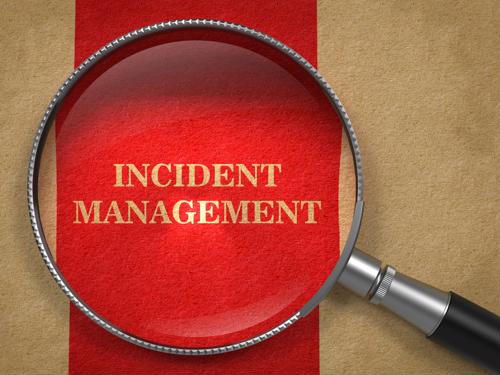Former heavyweight champion Mike Tyson once famously quipped, “Everyone has a plan … until they get punched in the mouth.” As in the squared circle, such is the case in the professional arena, where plans of action of go straight out the window when emergency circumstances go from bad to worse when business continuity practices don’t address them.
That’s where tabletop exercises pay dividends.
Business continuity planning is an essential component of emergency management and crisis communication. Tabletop exercises evaluate the resiliency of these plans by putting them through a battery of different scenarios wherein BCPs may come into play.
Much like people gather around a table to talk during a meeting or at home, tabletop exercises are discussion-based, outlining what roles team members play in emergency situations, which may change depending on how certain sequences of events play out. Because these scenarios are manufactured, team members get to analyze all the possible outcomes of how events manifest themselves and what their actions might do to mitigate or exacerbate the proceedings as they unfold in real time.
More than anything else, tabletop exercises are learning sessions where – in a non-threatening environment – team members get a bird’s-eye view of their roles and responsibilities should the make-believe become reality. Even though nearly all Americans feel safe on the job, nearly a quarter of them wouldn’t know what to do during a workplace emergency, according to a 2016 Harris Poll.
At the 59th annual DRJ Fall Conference, KETCHConsulting founder and CEO Ted Brown will be on hand to demonstrate how to conduct tabletop exercises. A three-hour course that takes place at 1:30 on Sept. 26, Brown will take class members through the entire process so that they can create situations that are customized to circumstances that business owners may be vulnerable to. The confab will culminate with an “after-action” report that explains what a business unit needs to do to make their continuity plans more effective.
Click here for more information about the course and other goings-on at the DRJ Conference.

